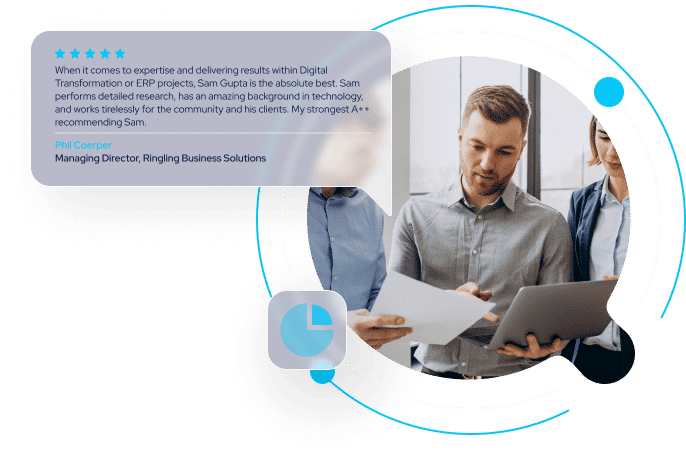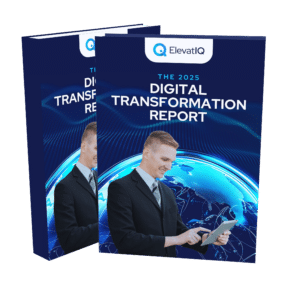Download the Research Note
Top Food & Beverage ERP Systems in 2025
Are you eager to explore the top food and beverage ERP solutions for 2025? Do you want to understand the essential ERP requirements for manufacturers and distributors in this industry? Are you curious about the common pitfalls that lead to ERP implementation failures in food and beverage companies? Interested in discovering best practices for selecting the right ERP system? If so, you’re in the right place!
This concise research note produced independently without vendors’ influence, spans over 13 pages. It offers in-depth context on our quadrant for the top 10 food and beverage ERP systems in 2025. Outlining our research methodology, it details the key variables used in the evaluation and provides guidance on interpreting our quadrant rankings. Additionally, it explores which regions are best suited for different business sizes and industry segments. Outlined recommendations for compiling a long list of ERP solutions will help with further assessment. Lastly, the report provides insights into the ideal market segments for each ERP system. But that’s not all. It also highlights their track record of success and any portfolio updates that may have influenced their rankings compared to the previous year.
To create this report, we actively monitor leading ERP vendors through a variety of sources, including surveys, interviews, panel discussions, proprietary databases, customer inquiries, industry reports, vendor briefings, and user forums. This guide is specifically designed for ERP buyers seeking insights into the top food and beverage ERP solutions, including their strengths and limitations.
Questions this report will answer:
Why do food and beverage companies require a unique ERP strategy?
How do product development, quality, and production processes differentiate food and beverage ERP from other industries?
What are the key components of an ERP system for food and beverage manufacturers?
How do ERP requirements vary between manufacturers, distributors, and retailers in the food and beverage industry?
What role does ERP play in managing diverse product types like dairy and frozen food?
Why is analyzing transactions and cross-functional datasets essential for food and beverage ERP?
How do expiry dates and lot/serial number tracking impact ERP planning in this sector?
What is catchweight processing, and why is it important in food and beverage ERP?
How do compliance and quality processes in food and beverage differ from other industries?
What is HACCP compliance, and why is it critical for food and beverage companies?
How does ERP integration with PLM help in food and beverage product development?
What unique challenges do DTC and DSD business models present for ERP in the food and beverage industry?
Why do some food and beverage companies need to maintain an in-house fleet?
How do unique storage and delivery requirements influence ERP configurations?
What scheduling complexities arise from factors like unique furnace designs or recipe management?
This is Our
Case Study
A brief walkthrough of a recent customer who went through the process of developing the strategy to transform their current eCommerce operations to include a buy-online-and-pick-up-in-store and buy-in-store-ship-to-home business model.

Problem
A leading fashion retailer with more than 30 stores throughout the United States was struggling with the customer experience and accommodation of business models such as buy-online-pick-up-in-store due to disconnected eCommerce and fulfillment systems. They needed omnichannel experience that could transform their experience and help them compete with their larger peers.
Solution
They hired ElevatIQ to assess their as-is and to-be state and come up with the strategy to enable the needed experience. Through the series of workshops and secondary research of their data, ElevatIQ formulated a strategy with the changes in business processes, information architecture, and systems.
Outcome
The strategy resulted in a clear alignment of their executive teams with a refined understanding of their business processes and operations. The strategy also resulted in a clear understanding of the investments and solutions required to implement the strategy.


